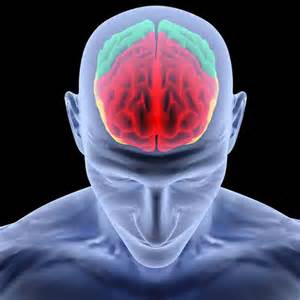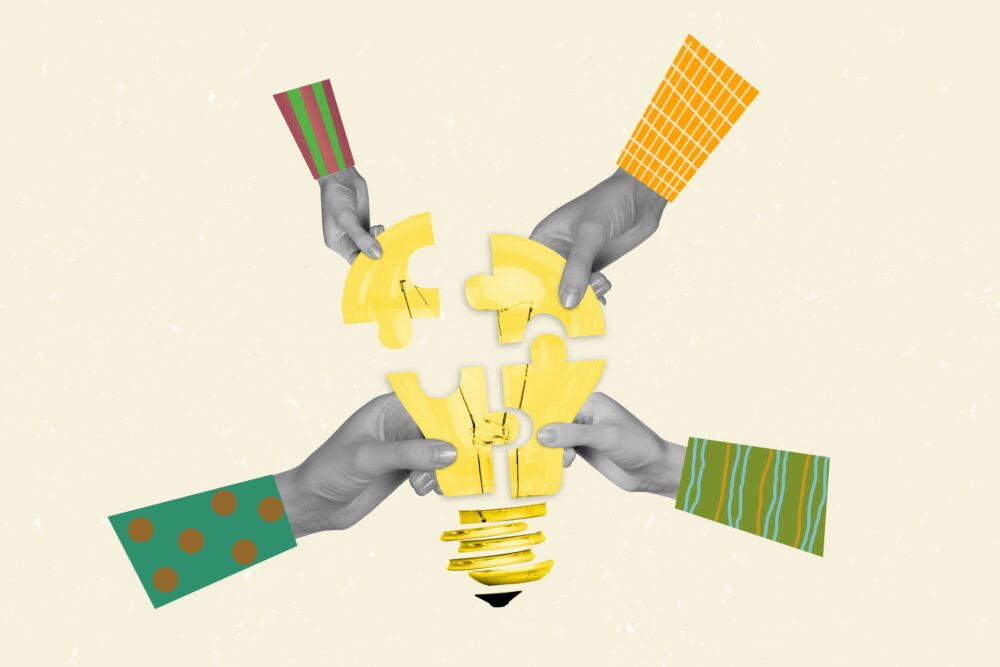

Good Leaders: How are you inflicting pain today?
Paul Batz
[fusion_builder_container hundred_percent=”yes” overflow=”visible”][fusion_builder_row][fusion_builder_column type=”1_1″ background_position=”left top” background_color=”” border_size=”” border_color=”” border_style=”solid” spacing=”yes” background_image=”” background_repeat=”no-repeat” padding=”” margin_top=”0px” margin_bottom=”0px” class=”” id=”” animation_type=”” animation_speed=”0.3″ animation_direction=”left” hide_on_mobile=”no” center_content=”no” min_height=”none”]
A physician leader we coach was confronted with data he didn’t like. He fancied his entrepreneurial status as a practice area leader. “I didn’t get into medicine to play everything by the book,” he grunted. “Sometimes my intimate understanding of the patient and following my gut- feel is best,” he rationalized.
Embracing the brutal facts
It was the words: “bottom quartile nationally” that hurt most. “Does this really mean my patients would get better care for this disease from 3 out of 4 doctors other than me?” he gasped. His emotional reaction came from his heart – but his head knew the facts don’t lie. And so the painful change journey began.
Neuroscience: Change = Pain
[/fusion_builder_column][fusion_builder_column type=”1_1″ background_position=”left top” background_color=”” border_size=”” border_color=”” border_style=”solid” spacing=”yes” background_image=”” background_repeat=”no-repeat” padding=”” margin_top=”0px” margin_bottom=”0px” class=”” id=”” animation_type=”” animation_speed=”0.3″ animation_direction=”left” hide_on_mobile=”no” center_content=”no” min_height=”none”]
Recent studies about neuroscience have confirmed humans perceive any meaningful change as “pain.” In other words, our brains literally reject change with many more times the intensity than our brains embrace what “pleasure” might come from that change. My favorite article about this is The Neuroscience of Leadership, by David Rock and Jerry Schwartz. We use the article and its findings to shape the Good Leadership point of view and development strategies.
Head, Heart, Hands
On November 11, I will be one of the presenters at the Performance Excellence Network conference called: Managing Change and Culture Conference. I was specifically asked to be a featured presenter, because of our approach to Leading Change. We teach leaders to use this three-part formula: Head, Heart, Hands, to reduce the pain and to find the pleasure during difficult change.
[/fusion_builder_column][fusion_builder_column type=”1_1″ background_position=”left top” background_color=”” border_size=”” border_color=”” border_style=”solid” spacing=”yes” background_image=”” background_repeat=”no-repeat” padding=”” margin_top=”0px” margin_bottom=”0px” class=”” id=”” animation_type=”” animation_speed=”0.3″ animation_direction=”left” hide_on_mobile=”no” center_content=”no” min_height=”none”]
Here’s how it works: our physician leader friend rejected many edicts by the organization to adjust his approach. They repeatedly told him how they wanted him to treat the disease (Hands). But he ignored them. Why? Because they skipped the most important part of the leading change formula: Explain “why” to the Head with credible data first, to earn the opportunity to motivate his Heart to consider a new approach. Head, heart, hands. Attendees of the conference will receive a Leading Change Toolkit and learn this model by practicing coaching via a hospital president case study.
Investing in yourself: attend a conference
[/fusion_builder_column][fusion_builder_column type=”1_1″ background_position=”left top” background_color=”” border_size=”” border_color=”” border_style=”solid” spacing=”yes” background_image=”” background_repeat=”no-repeat” padding=”” margin_top=”0px” margin_bottom=”0px” class=”” id=”” animation_type=”” animation_speed=”0.3″ animation_direction=”left” hide_on_mobile=”no” center_content=”no” min_height=”none”]
Conferences are important investments in our personal and professional development. Last week I attended a leadership conference hosted by The Studor Group – an Huron Consulting company that has transformed hospital leadership in America. The Studor group has created a masterful system for helping unite clinical and non-clinical talent in hospitals around the idea of “hardwiring excellence.”
Perhaps the most important thing I learned is that our Head-Heart-Hands approach to leading change is a world class idea.
Good leaders understand significant change inflicts pain on people. And they invest in their leadership development to reduce the duration and intensity of that pain by appealing to the head and the heart – before telling people what to do differently.
You can attend the Performance Excellence Network Conference on November 10 and 11, by registering here.
Please share with me: how are you inflicting pain in your leadership?[/fusion_builder_column][/fusion_builder_row][/fusion_builder_container]




